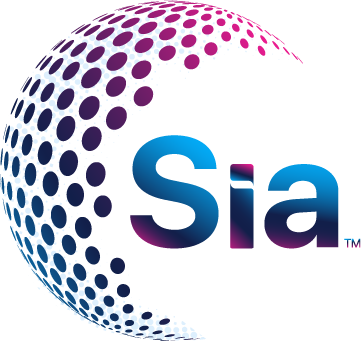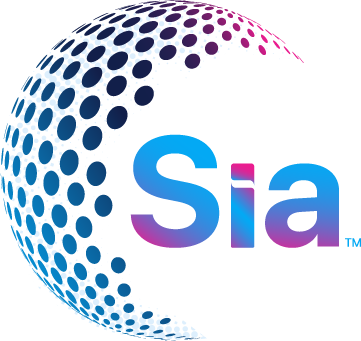AI in Higher Education: Personalizing Learning Paths

AI in Higher Education: Personalizing Learning Paths

In the realm of higher education, where the ancient halls of academia meet the cutting-edge advances of technology, a quiet revolution is underway. This revolution, powered by Artificial Intelligence (AI), is not only redefining the traditional pathways to learning but is also personalizing the educational journey for every student who sets foot on campus. Let’s dive into how AI is making this possible and why enrollment officers, registrars, and admission officers should take note.
How is the AI Revolution Transforming Education?
Imagine, if you will, a world where every student’s education is as unique as their fingerprint. This is the promise of AI in education. By analyzing vast amounts of data on learning habits, course outcomes, and student feedback, AI is crafting bespoke educational paths that cater to the individual needs and aspirations of each student. Technology continually evolves, and AI stands at the forefront of the next significant leap in teaching and learning.
Why is Personalization Important?
To personalize the learning experience, it’s crucial to implement diagnostic tools and pre-assessments to understand students’ prior knowledge and specific learning needs. By embracing differentiated instruction, educators can accommodate various learning styles and preferences through a mix of teaching methods, resources, and activities. Offering learners the autonomy to select their learning paths, projects, or resources according to their interests and objectives further customizes the experience.
Integrating technology in education through platforms that provide personalized learning tools, adaptive learning pathways, and tailored feedback can significantly enhance the learning process. Additionally, fostering an environment that encourages collaboration among students with different abilities can lead to effective peer learning and a rich exchange of knowledge.
Streamlining College Enrollment
AI is simplifying the complex web of college enrollment, making it easier for students to navigate application processes, financial aid, and course selection. Think of AI as a personal enrollment advisor, available 24/7 to answer questions and guide students through their college journey.
How institutions can streamline the college enrollment process?
Utilize Technology:
- Implement user-friendly online portals for streamlined application submission and real-time progress tracking.
- Employ comprehensive Enrollment Management Systems (EMS) for automating enrollment tasks such as document verification, fee processing, and communication.
- Provide round-the-clock support with chatbots and virtual assistants to answer common queries and assist in the enrollment journey.
Clear and Consistent Communication:
- Establish a unified point of contact for enrollment inquiries, like a dedicated email or phone line.
- Offer clear, concise enrollment guides detailing the process, deadlines, required documents, and fees.
- Provide regular email updates to keep students informed about deadlines, events, and policy changes.
Simplify the Application Process:
- Use established formats like the Common App to minimize duplicate submissions.
- Permit the electronic submission of transcripts and test scores through secure channels.
- Provide application fee waivers for low-income students to enhance higher education access.
Facilitating Course Transfer Equivalency
Transferring credits can be a headache for students and administrators alike. AI is changing this by automating the evaluation of course equivalency, ensuring students receive the credit they deserve and can smoothly continue their educational journey.
The significance of standardization in education through common course numbering systems to identify equivalencies across different institutions, and the alignment of learning outcomes to guarantee consistency in content, despite varying course titles.
Best practices for institutions involve maintaining detailed course outlines and ensuring proactive communication, including regular updates to articulation agreements and accessible transfer advisors. Encouraging faculty collaboration across institutions is also crucial for aligning course content.
The Future of AI in Higher Education
The successful integration of AI in higher education requires collaboration between stakeholders, including educators, technologists, policymakers, and students. By proactively addressing challenges and harnessing the power of AI responsibly, we can create a more personalized, accessible, and effective learning experience for future generations.
Conclusion
As we stand on the cusp of a new era in higher education, the fusion of AI with traditional learning heralds a transformative shift towards a more personalized, efficient, and inclusive educational landscape. This quiet revolution, powered by the relentless march of technology, promises to tailor the educational journey to the unique needs and aspirations of each student, making learning more accessible and engaging than ever before.





